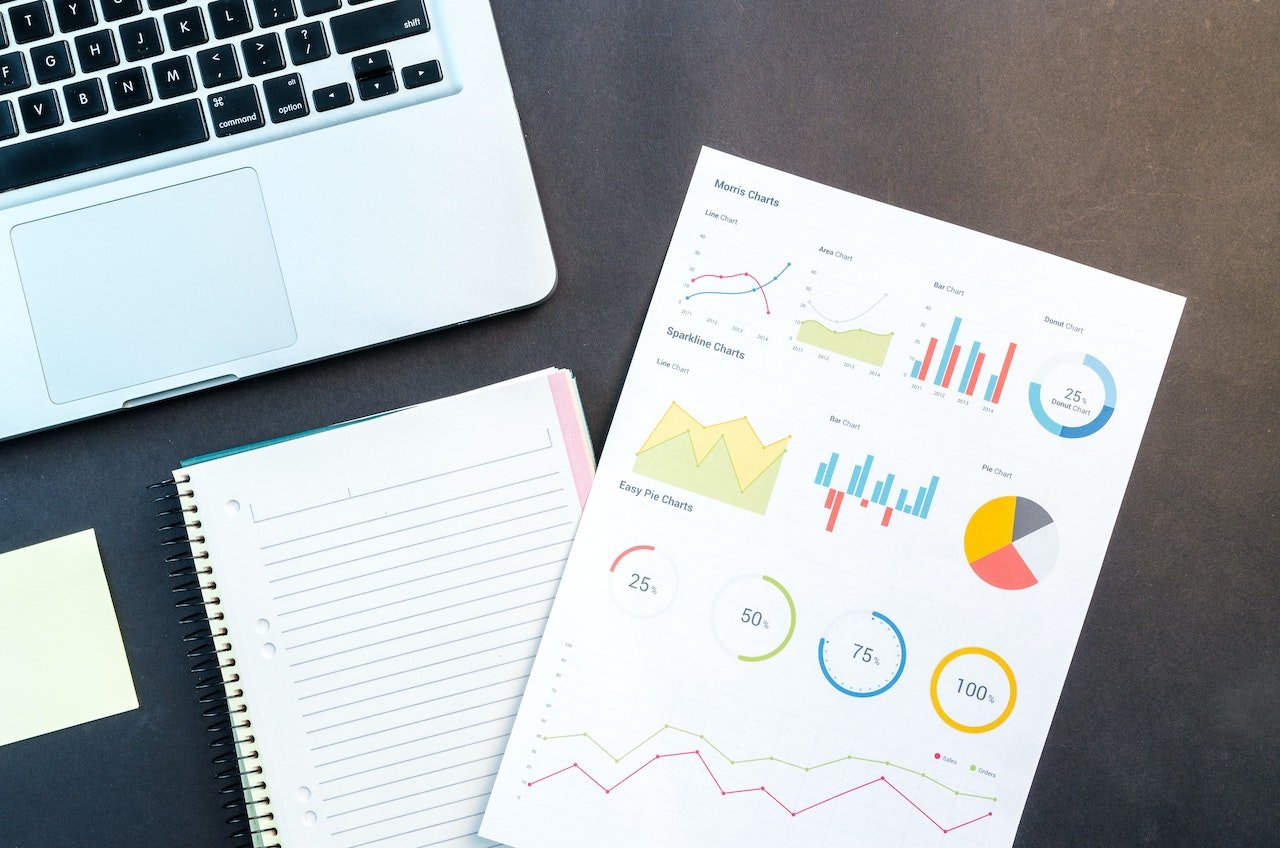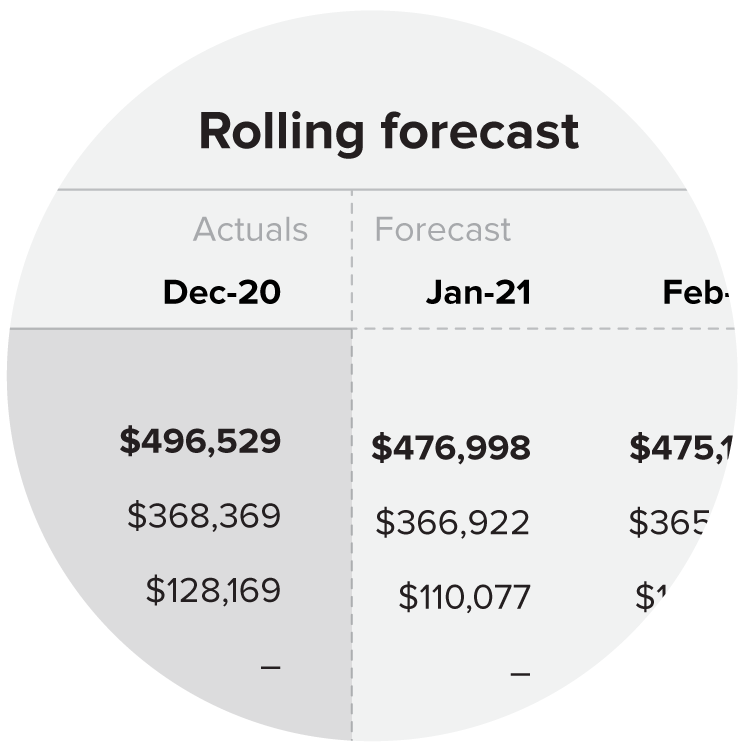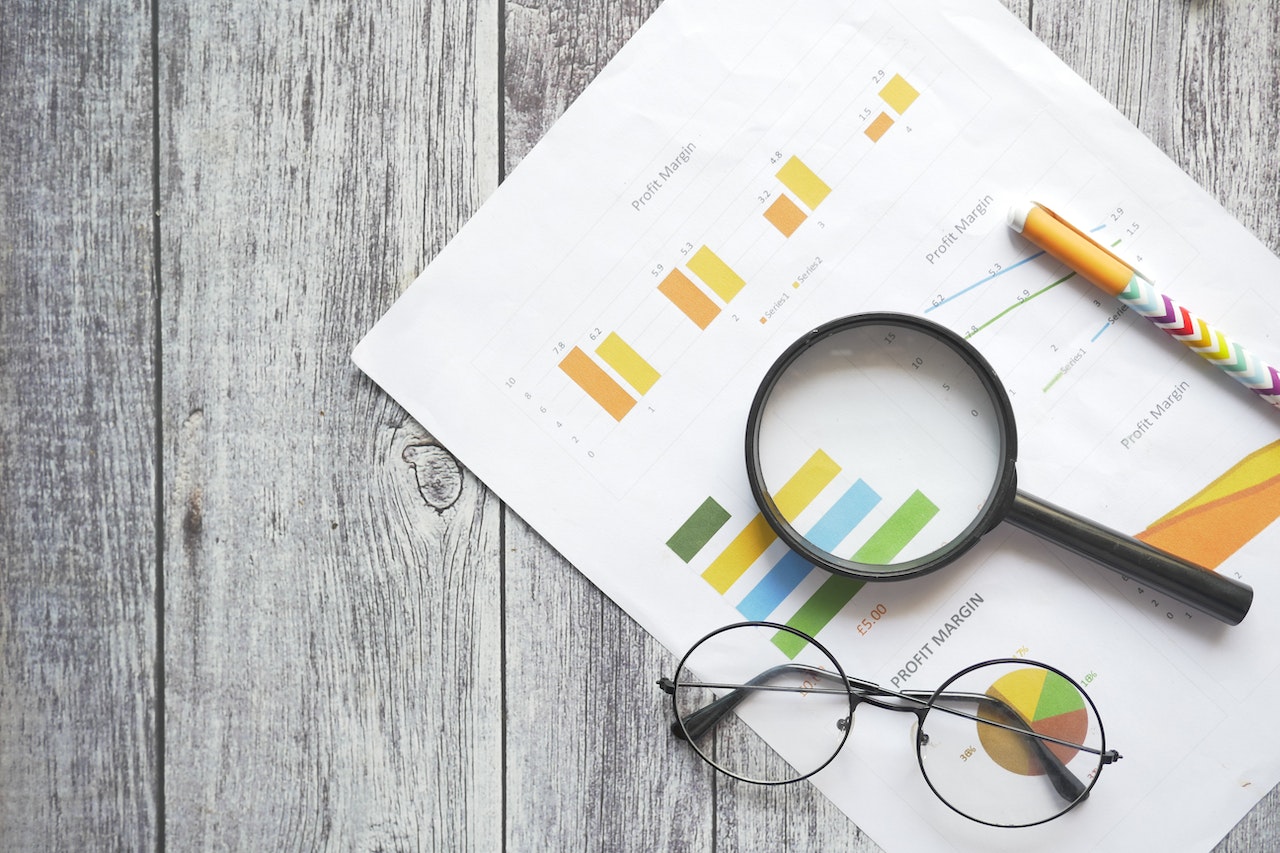Imagine your business steering itself for a few months, as if on autopilot. Sure, it’s a fun thought experiment to run once in a while, and automating as many aspects of your business as possible is certainly a goal worth striving toward.
However, for most business owners, the idea that the business would run itself seems pretty far from reality. The business needs someone to take the reins, and someone to make critical decisions about which strategies and activities to pursue.
Grabbing that wheel and just going where you please might occasionally work out. But to get where you’d like to go, to get the most out of your business, those critical decisions need to be data-driven. And that’s where your forecast comes in.
A robust forecast provides the necessary basis for you to make those key decisions. A solid forecast can help you achieve clarity regarding where business currently stands and where it’s headed. Your forecast can also help you answer all of the key questions you ask yourself when you get a quiet moment alone.
Is the business doing well? Are we on the right track? Do we need to hire more people? Or are cuts necessary? Is doing what we’re doing taking us where we want to go?
In your role as a leader in your business, surely you’re already using some type of forecasting. But if you’re relying on a simple, straight-line method for creating your forecast, carrying over growth rates and profitability ratios from days gone by, you’re leaving something on the table.
Types of forecasting methods
According to the Corporate Finance Institute, the most effective forecasts rely on one of four top methods of forecasting:
- 1. Straight-line method
- 2. Moving average
- 3. Simple linear regression
- 4. Multiple linear regression
Let’s dig into the different methods a bit.
1. Straight-line method
The straight-line method is the simplest method of creating a forecast (and the easiest to follow). The method uses historical data to create assumptions for how the business and its key drivers will change in the future.
For example, if sales have historically grown at 5.5% per year, the straight-line method of forecasting assumes that future revenues will continue to grow at 5.5% per year. The same, of course, can apply to all P&L lines.
This method can be relatively accurate over the long term. In a stable market over a longer horizon—think 3-5 years—it makes sense to at least use it as a reference or high-level crosscheck.
However, because of its simplicity, in the short term it can be grossly inaccurate. Furthermore, straight-line forecasting doesn’t directly consider any recent developments or take upcoming changes into account.
2. Moving average
Using a moving average can improve the accuracy of your forecast, while increasing its complexity. Although it’s theoretically possible to choose the span of your moving averages, the most commonly used are 3-month and 5-month moving averages.
In comparison to the straight-line method, the moving average is helpful because it allows you as the forecaster to put more weight on the recent past. This is especially useful for shorter-term projections, say less than 12 months.
Imagine, for example, that six months ago your 10-year-old company made the leap into social media marketing. Since then, you’ve seen sales grow astronomically. In this case, using the 3-month moving average will likely be more accurate than the historical straight-line growth rate.
Essentially the moving average method helps to extract trends from your data, smoothing out the peaks and troughs (especially in monthly revenues) to help you better determine rates of change.
3. Simple linear regression
Simple regression analysis utilizes the relationship between two variables as the basis for the forecast. Often used for forecasting or analysis of the financial markets, this method is more complex than relying on moving or historical averages as the basis of your forecast.
Say you’ve determined that your company’s sales growth is correlated to your Facebook ad spend. You (or your software) can create a scatter plot of the two variables, determine the correlation and use this information to generate your revenue forecast.
Forecasting with simple linear regression can be quite accurate, especially if there is one main factor driving revenue or expenses. In our example, forecasted revenue is directly based on ad spend. Therefore, plugging your expected monthly ad spend into the regression model will determine your revenue forecast.
If you’re performing the calculations on your own, it’s important to pay attention to the R and R-squared values. These indicate the strength of the correlation between the two variables. A higher value means the relationship between the two variables is stronger; lower is weaker.
4. Multiple linear regression
Multiple linear regression is similar to simple linear regression. This method becomes necessary when your forecast requires multiple independent variables. To build on the previous example, imagine instead of focusing solely on Facebook ad spend, you also consider the number of impressions and click-through rates.
Plug your assumptions for those factors into your regression model to determine your revenue forecast.
Choosing the right forecasting technique
The right forecasting technique depends on several factors specific to your business. The purpose of the forecast, your business model and market conditions are a few of the variables to consider when selecting your forecasting technique.
A short-term forecast for the next three months’ internal capacity planning requires different techniques than the long-term planning you might show an investor.
Another major factor in determining your preferred forecasting technique is the level of accuracy necessary. Here you’ll need to weigh the necessary inputs to achieve better accuracy against the cost of generating (or acquiring) those inputs.
Generally, simpler forecasting methods require less data and less effort. On the other hand, these simpler methods are typically less accurate.
How far ahead to forecast
The main purpose of your forecast is to assist you in steering the business. As such, the forecast should be accurate and robust enough, as well as having a long enough horizon, to allow for decisions and counteraction.
Choosing your forecasting horizon depends on your business model and the purpose of the forecast. By nature, is your business agile and able to quickly react to changes? If hiring more staff and procuring additional raw materials are not major constraints, a shorter time horizon might suffice.
On the other hand, if you have lengthy lead times for ramping production up and down to meet demands, your forecast horizon should also be longer. Furthermore, trying to attract investors or get a bank loan are also situations requiring a longer-term forecast.
Another option to consider is a rolling forecast. Instead of performing a static forecast once or twice per year, use your financial forecasting software to update the forecast on a monthly, or rolling, basis.
If you go for a rolling 12-month forecast, this method has the advantage of allowing you to look at the coming 12 months instead of simply stopping at the end of the fiscal year. Of course, the upcoming months are much more accurate than months 6 through 12.
Forecasting with Jirav
Jirav is an all-in-one solution for budgeting, forecasting, reporting and dashboarding. Integrating all of your data with powerful models helps you create the most robust, reliable forecast possible. You can focus on steering your business and not on updating spreadsheets (or creating regression models).












